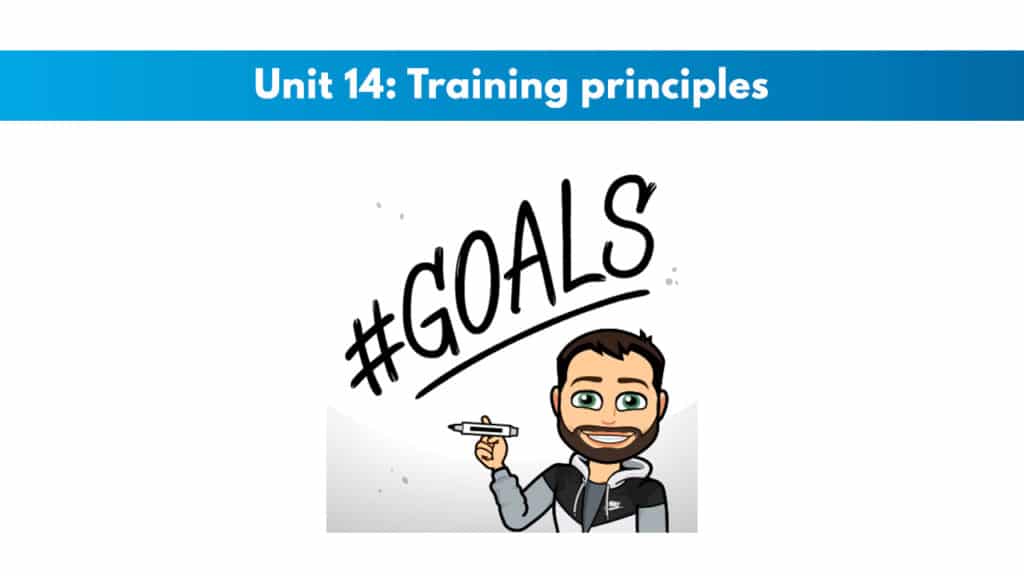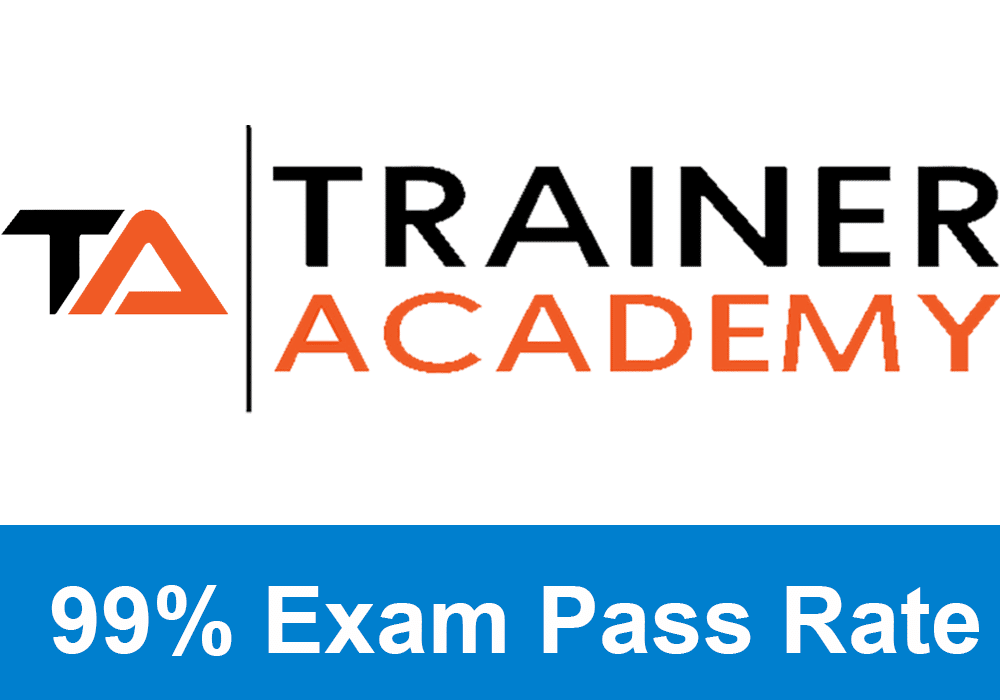
If you have not yet signed up for the ISSA CPT certification, receive a big discount here.
Get your copy of the ISSA CPT exam cheat sheet.
It helps immensely in your ability to study for the ISSA test. This PDF printable one-page sheet gives you a breakdown of the skills and knowledge candidates need to pass the exam.
My PTP students report cutting their ISSA study time and effort in half with Trainer Academy.
Benefit from the Exam Pass Guarantee and Retake Fee Guarantee. Plus, take advantage of my current discount code PTPJULY for 45% off the MVP Program (Ends July 21st, 2025).
Exclusive PTP CPT Offers |
||
|---|---|---|
Most Popular Cert | Best Online NCCA Cert | Best Study Materials |
Gold Standard Cert | A Good Option | Best CPT for you?  |
Try it out for free here to see if it’s right for you, or read my detailed review for further insights.
1: Name and describe the Seven “Granddaddy” Laws with an example of each
- Principle of Individual Differences. Each individual has unique attributes, limiting factors, and objectives. For example, foot profile.
- Overcompensation Principle. A survival mechanism is built into the genetic code of the species. For example, flight or fight response.
- The overload Principle is Related to the Overcompensation Principle. for example, increasing training volume.
- SAID Principle Your muscles will adapt based on your training.
- Use/Disuse Principle The principle of use disuse is for both training and cessation of training. The common phrase is “use it or lose it.” If you stress the body and its systems, eventually, it will adapt to meet the stress.
- Specificity Principle, The Specificity Principle says that you must move from general/foundational training to specific/highly specialized training as your final objective (no matter whether optimum fitness and or athletic competition) comes closer.
- GAS Principle GAS stands for General Adaptation Syndrome.
2: How are these laws significant in terms of program development?
They allow you to work in the best possible parameters by understanding natural limits and functions
Exclusive PTP CPT Offers |
||
|---|---|---|
Most Popular Cert | Best Online NCCA Cert | Best Study Materials |
Gold Standard Cert | A Good Option | Best CPT for you?  |
3: In what way do eccentric contractions catalyze muscle growth?
Eccentric muscle action catalyzes muscle growth because more tension can be experienced through the eccentric/negative phase
4: Provide several methods that focus on eccentric-based training
Tempo training
Mixed method training
Beyond failure
Negative overloads
5: What are 3 popular workout systems in the fitness market?
ABC Training.
Bigger Faster Stronger (BFS) workouts are designed for athletes and are set up in four-week waves/cycles.
CrossFit: CrossFit training concurrently trains powerlifting, aerobic exercise, bodyweight/gymnastic exercises, and Olympic weightlifting.
6: Give 3 of the principles that will help plan your training cycle
Principle of individual difference
Principle of overcompensation
SAID Principle
7: Give 3 principles for planning your training cycle with examples
1. Cycle Training Principle. e.g., training into cycles for power, body composition, or competition prep helps you circumvent injury while promoting adaptation
2. Split System Training Principle. e.g., workout week split into upper- versus lower body training.
3. Double or Triple-Split Training Principle. e.g., workout into two or three shorter training sessions per day.
8: List at least three of the principles to help you perform each exercise and provide an example of each principle
isolation Principle (all muscles act as stabilizers, synergists, antagonists, or agonists. e.g., bicep curls
Quality Training Principle, e.g., “perform the same amount of volume in less time. e.g., for hypertrophy
Continuous Tension Principle (maintain slow, continuous tension on muscles to maximize red fiber involvement). e.g., isometric training.
9: What is the FITT principle and its importance to fitness training
The FITT Principle relates to various forms of resistance training, emphasizing progressive adaptation, especially for beginners.
10: What is the five Rs principles?
- Range of Motion
- Resistance
- Repetition
- Rest
- Recovery
11: What is the definition of these, and provide the ideal rep range for each of the following using Table 14.8 (p.457) in your textbook:
Strength/power. Explosive force production: rep range: 7
Muscle hypertrophy. Muscle mass building: rep range: 10
Anaerobic strength endurance. High-intensity endurance: rep range: 16
Aerobic strength endurance. Steady-state endurance: 20
If you want assistance wrapping your head around this material, make sure to check out Trainer Academy for some awesome ISSA study materials. They have Practice tests, flashcards, audio study guides, and much more.

 Have a question?
Have a question? 



Tyler Read
PTPioneer Editorial Integrity
All content published on PTPioneer is checked and reviewed extensively by our staff of experienced personal trainers, nutrition coaches, and other Fitness Experts. This is to make sure that the content you are reading is fact-checked for accuracy, contains up-to-date information, and is relevant. We only add trustworthy citations that you can find at the bottom of each article. You can read more about our editorial integrity here.